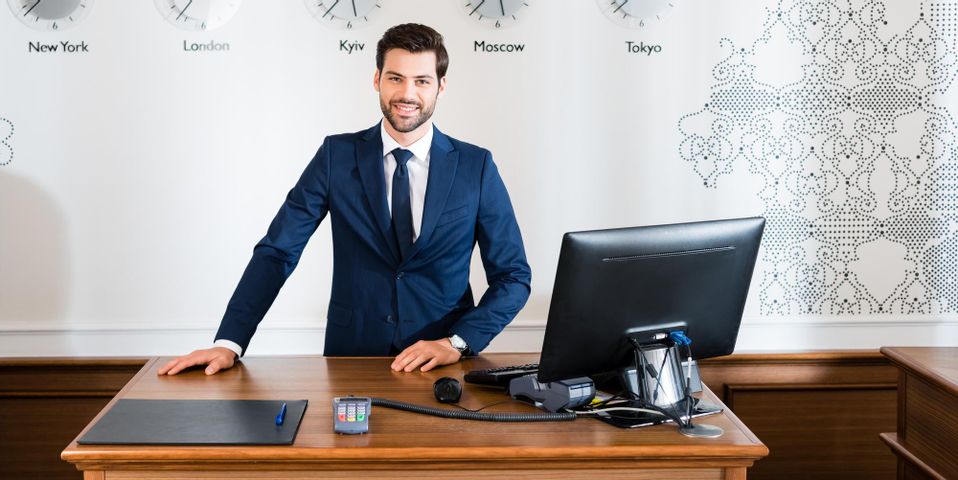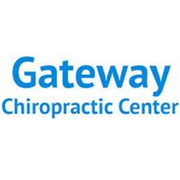
If you have a job that requires you to remain seated for several hours at a time, you may experience neck or back pain and become more susceptible to certain health issues. Sitting for long periods can contribute to obesity, elevated cholesterol, and high blood pressure. Here are a handful of benefits of switching to a standing desk at work or your home office.
4 Reasons to Work at a Standing Desk
1. Burn More Calories
Standing burns 20% more calories than sitting and makes it easier to make small movements. Squatting, stretching, and shifting your weight from one leg to the other gets the heart pumping slightly faster. This increases the body’s energy expenditure and may result in gradual weight loss over time.
2. Relieve Lower Back Pain
 Sitting puts pressure on the vertebrae in the lumbar spine and compresses them, causing pain and discomfort in the lower back. Standing increases the flow of oxygen in the blood, which delivers nutrients to the ligaments, tendons, and muscles in the back. This may ease pressure points and prevent pinched nerves.
Sitting puts pressure on the vertebrae in the lumbar spine and compresses them, causing pain and discomfort in the lower back. Standing increases the flow of oxygen in the blood, which delivers nutrients to the ligaments, tendons, and muscles in the back. This may ease pressure points and prevent pinched nerves.
3. Increased Productivity
Studies show that standing gives employees more energy and boosts morale in the workplace. When you feel more limber and comfortable at the office, you’ll have the motivation to complete your work and get everything done in a timely manner.
4. Reduce Risk of Disease
Those who have a sedentary lifestyle may experience an increased risk of developing heart disease and diabetes. Standing lowers the blood sugar and prevents the arteries from contracting, which reduces the likelihood of heart attack and stroke while preventing insulin levels from becoming unhealthy.
If you have neck or back pain due to prolonged sitting, get in touch with Gateway Chiropractic Center in Crossville, TN. They provide chiropractic adjustments to take the pressure off the joints and relieve muscle tension. Call (931) 484-3135 to book an appointment for chiropractic care, or visit the website to learn more about what to expect as a first-time patient.
About the Business
Have a question? Ask the experts!
Send your question

